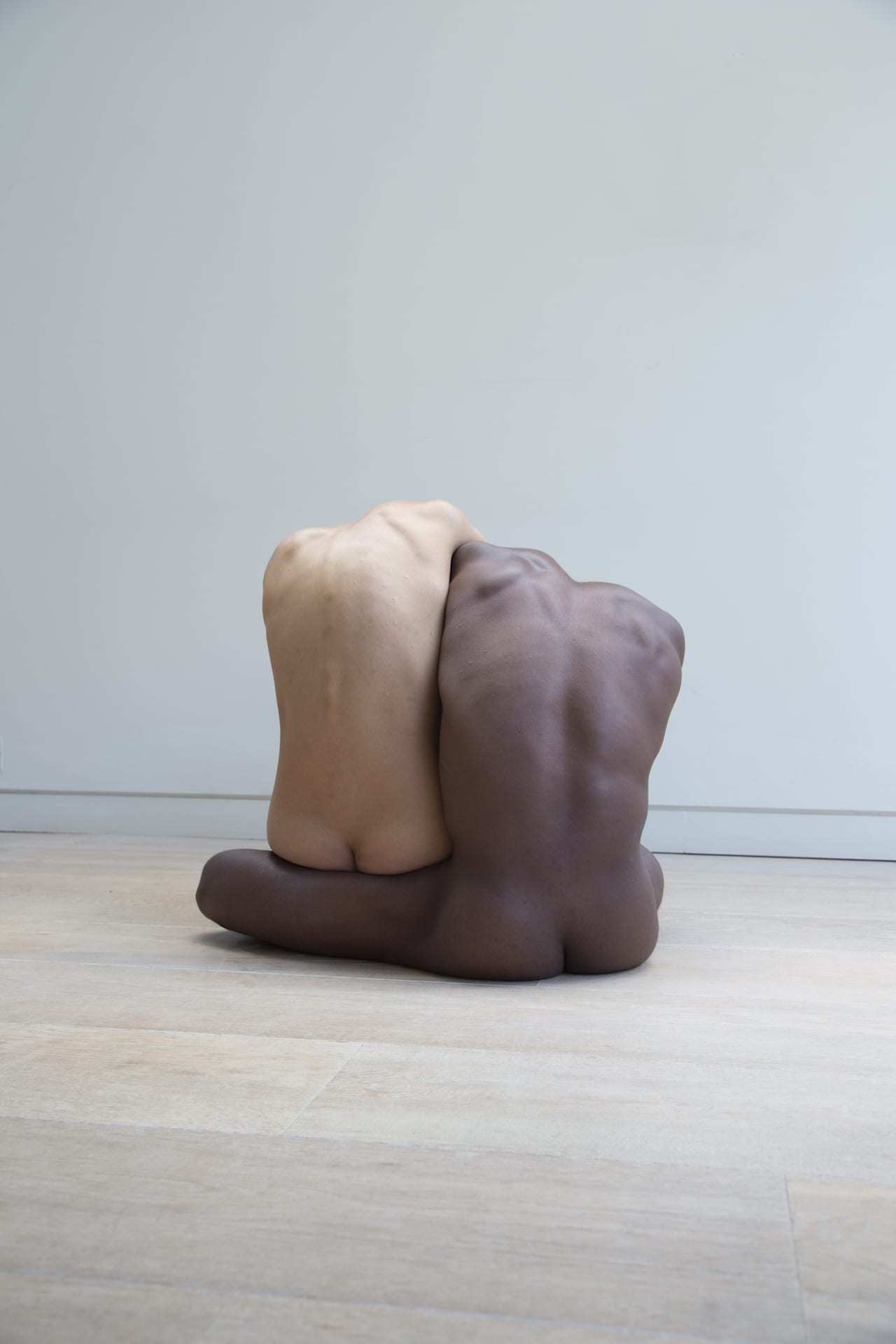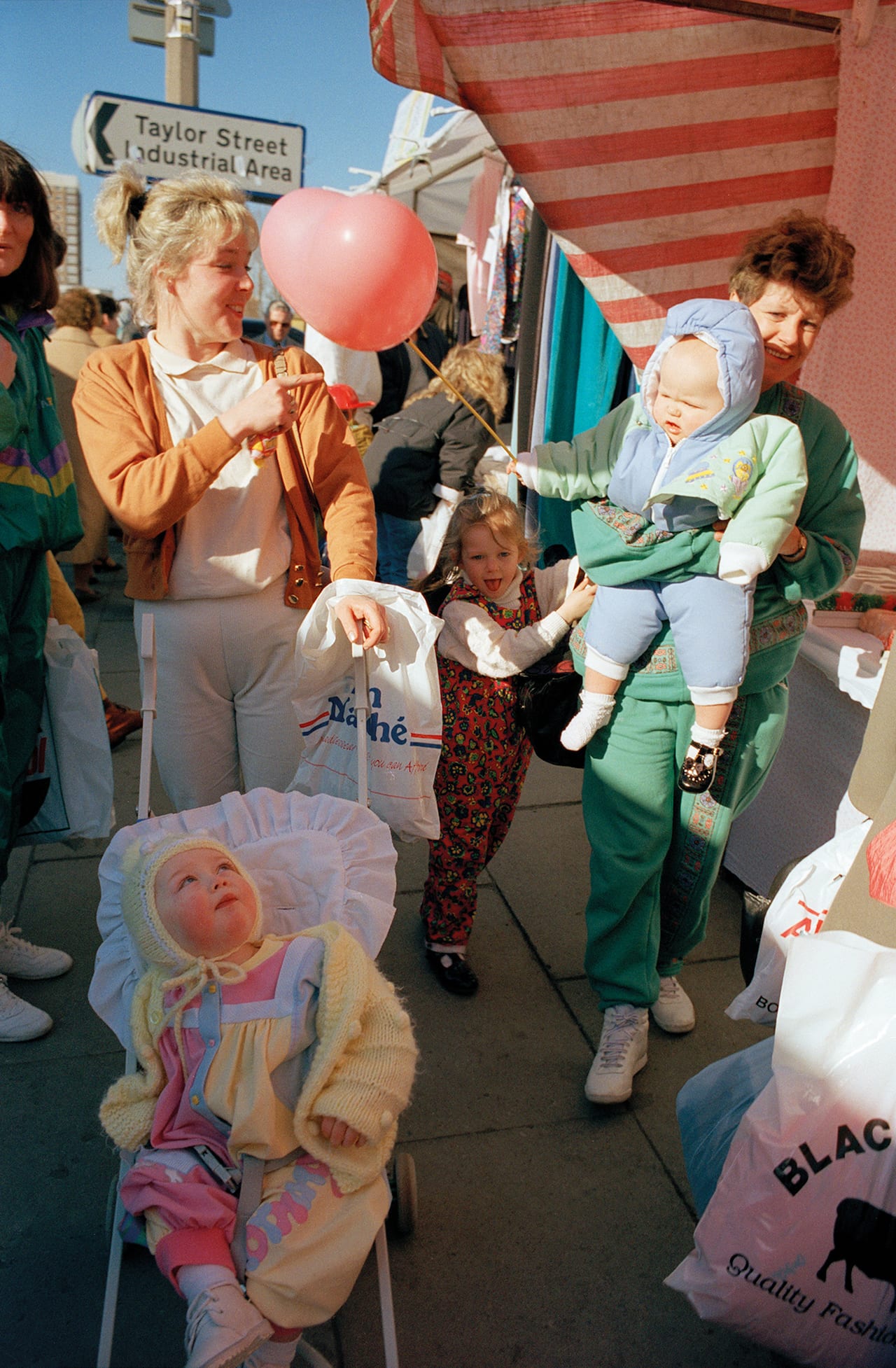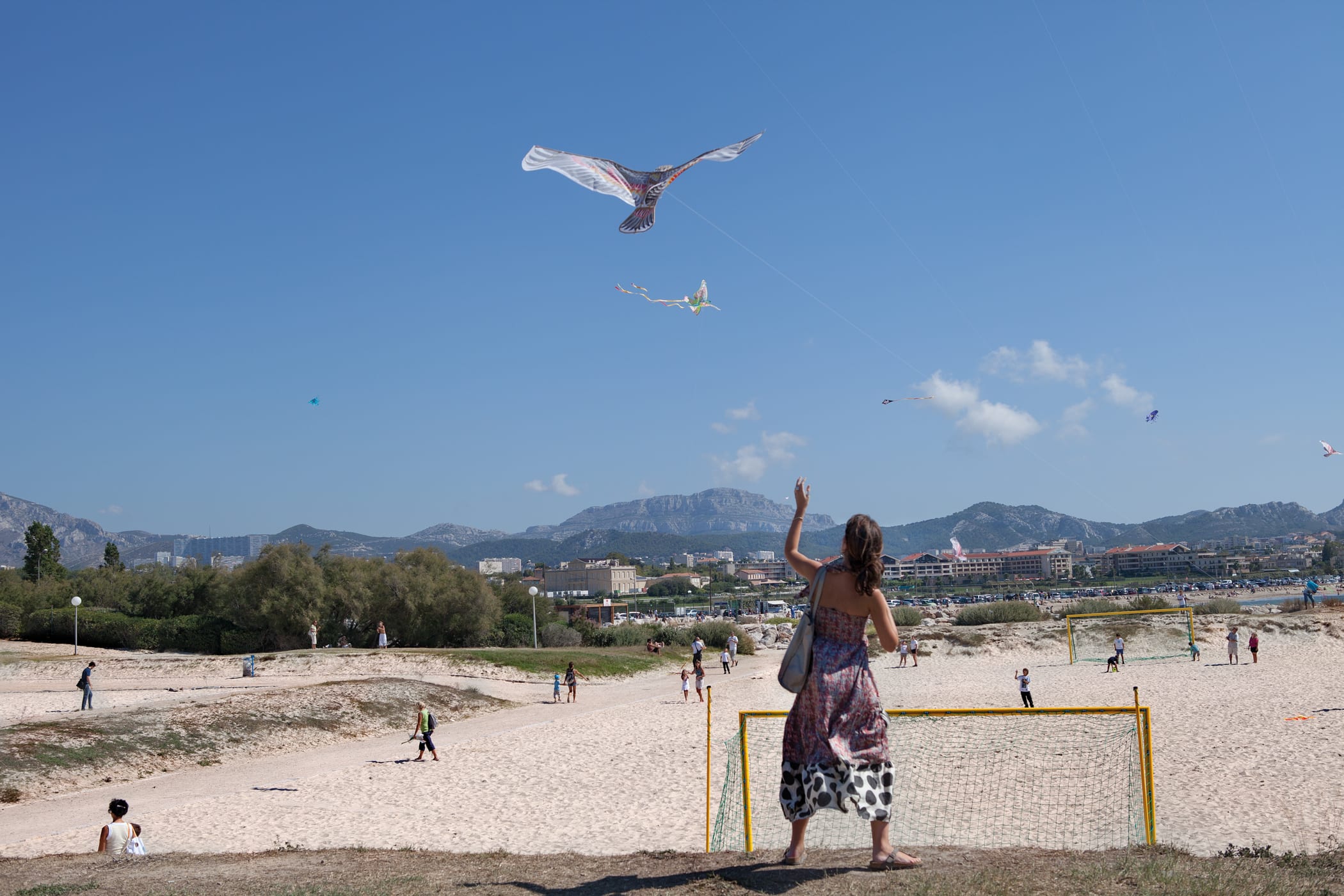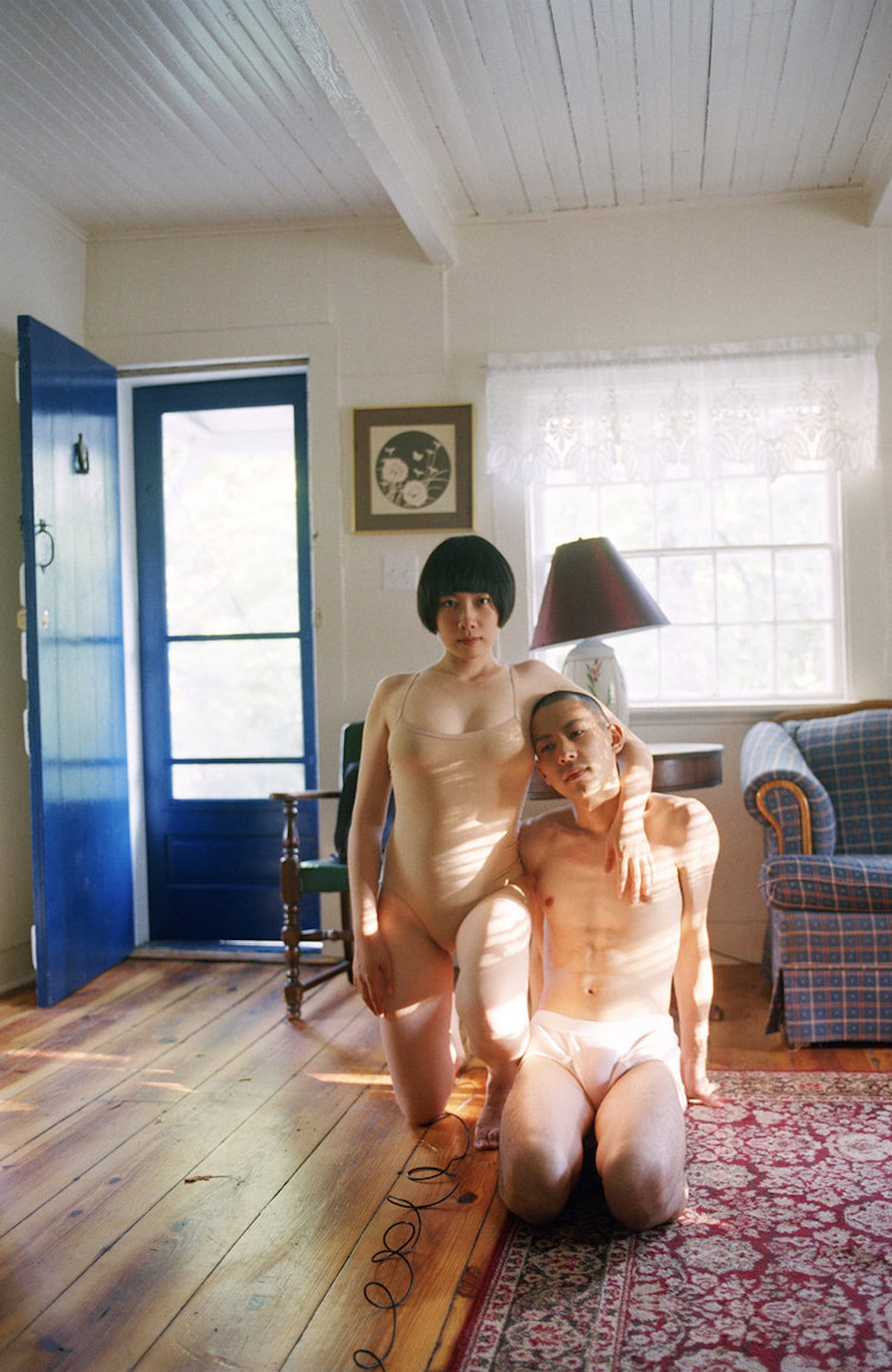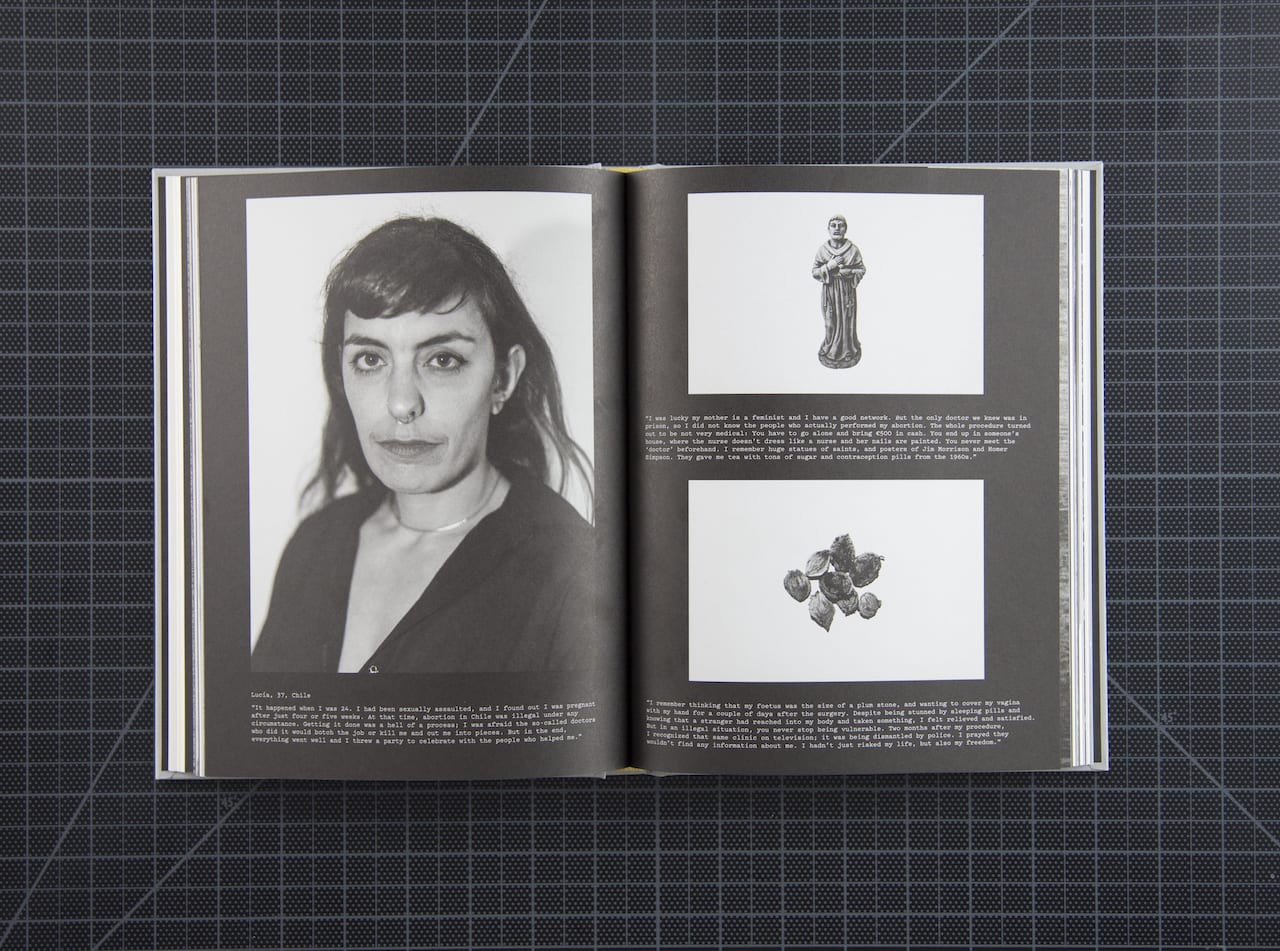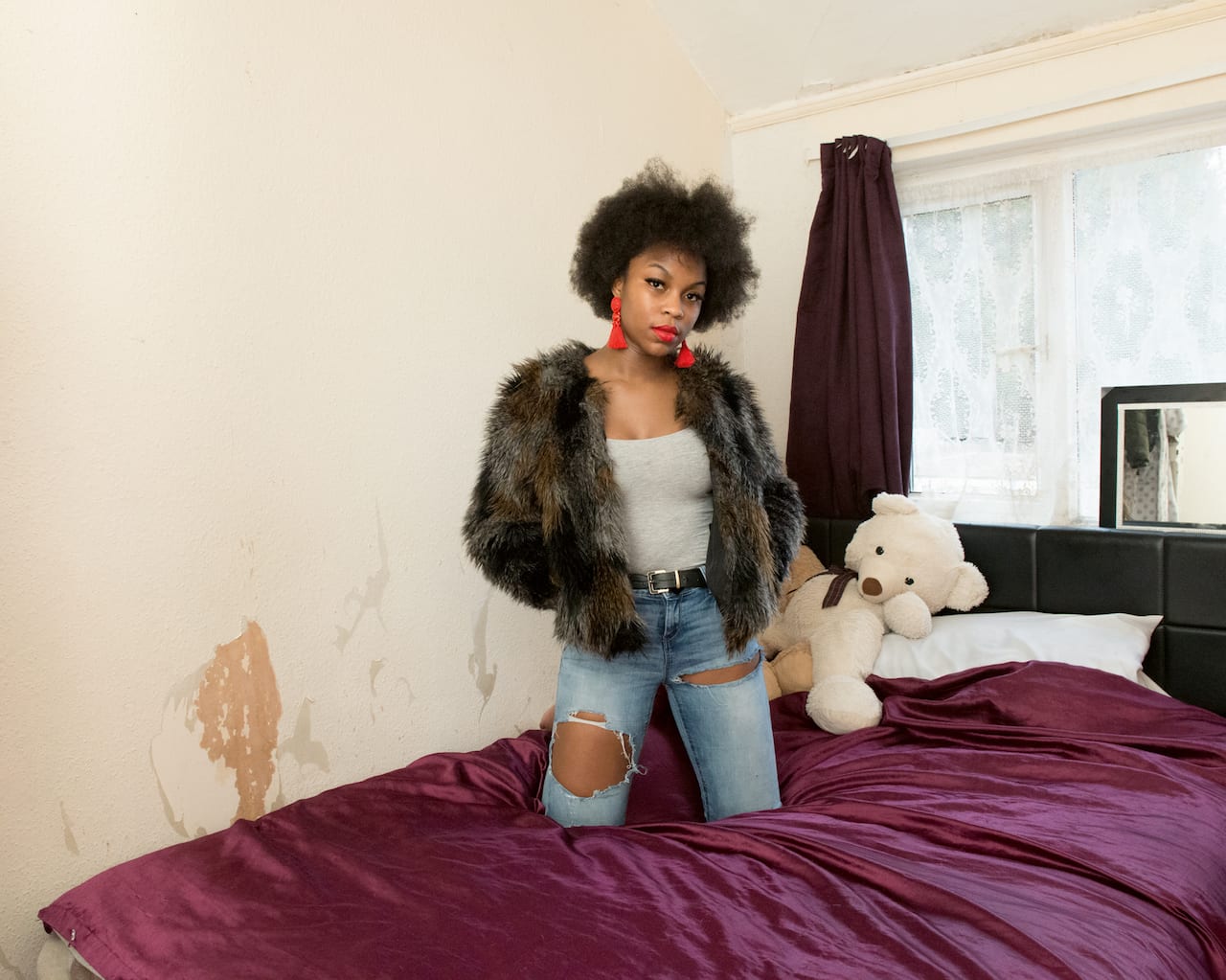The people in Chloe Rosser’s anonymous human sculptures are sometimes friends or couples, but mostly, they are strangers. They twist, bend, and stretch, before they eventually lock, morphing into curious, intimate, and sometimes grotesque figurines.
“Photography is the only medium which allows me to sculpt with human flesh,” says Rosser, “the human body is the most intimately familiar thing to us. Seeing it in these strange poses affects you deeper than if you were to see a sculpture because it’s real, and you can imagine being it, and feeling what it feels.”

